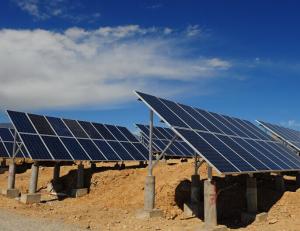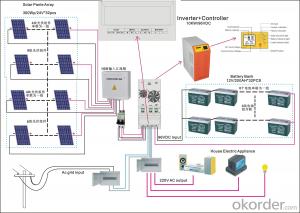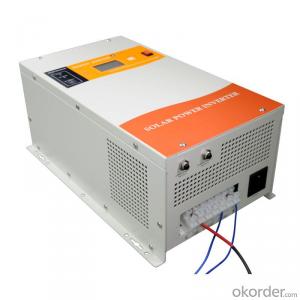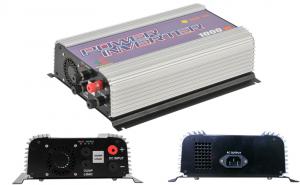5000w Solar Power Inverter
5000w Solar Power Inverter Related Searches
Best Solar Inverter For Home Home Power Inverter For Solar Best Inverter For Solar Pv Best Inverter For Solar Mini Solar Inverter For Home Solar Panel Inverter For Rv Inverter For 5kw Solar System Inverter For Solar Power Plant Inverter For Home Solar Solar Power Inverter For RvHot Searches
Type Of Inverter For Solar Used Solar Inverter For Sale Inverter Size For Solar System Solar Edge Inverter For Sale 5kw Solar Inverter For Sale Solar Inverter For Sale Solar Inverter For Battery Solar Inverter For Split Ac Solar Inverter For Laptop Solar Inverter For Fridge Solar With Inverter Price Solar Inverter With 2 Battery Solar Inverter Price In China Best Solar Inverter In China Solar Inverter Price In Dubai Solar Inverter Price In Uae Solar Inverter Price In Kenya Solar Inverter Price In Kerala Solar Inverter Price In Ghana Inverter Size For Solar System5000w Solar Power Inverter Supplier & Manufacturer from China
Okorder.com is a professional 5000w Solar Power Inverter supplier & manufacturer, offers integrated one-stop services including real-time quoting and online cargo tracking. We are funded by CNBM Group, a Fortune 500 enterprise and the largest 5000w Solar Power Inverter firm in China.Hot Products
FAQ
- Yes, a solar inverter can be used with a three-phase electrical system. In fact, many commercial and industrial solar installations use three-phase inverters to convert the direct current (DC) power generated by solar panels into alternating current (AC) power that can be used by the electrical grid. This allows for efficient power conversion and distribution in three-phase systems, which are commonly used in larger electrical installations.
- No, solar panels cannot be directly connected to the grid without an inverter. The inverter is necessary to convert the direct current (DC) generated by the solar panels into alternating current (AC) that is compatible with the electrical grid.
- Yes, a solar inverter can be used in harsh environmental conditions. Most solar inverters are designed to withstand a wide range of environmental factors such as extreme temperatures, humidity, dust, and vibrations. They are often built with durable materials and have protective coatings to prevent damage from harsh weather conditions. Additionally, many solar inverters are equipped with advanced cooling mechanisms to prevent overheating in hot climates. However, it is important to note that the specific durability and performance of a solar inverter in harsh conditions may vary depending on the brand and model. It is recommended to choose a reliable and high-quality solar inverter that is specifically designed for use in harsh environmental conditions to ensure optimal performance and longevity.
- No, a solar inverter cannot work during a power outage unless it is specifically designed with a backup power supply or battery storage system.
- Yes, a solar inverter can generally be used with different brands of solar panels as long as they have compatible specifications and operating voltages. However, it is important to consult the manufacturer's guidelines or seek professional advice to ensure compatibility and optimal performance.
- Yes, a solar inverter can be used with a wireless communication system. Many modern solar inverters are equipped with built-in wireless communication capabilities, such as Wi-Fi or Bluetooth, to enable monitoring and control of the solar system remotely. This allows users to access real-time data, adjust settings, and receive notifications about their solar energy production and consumption through a wireless connection.
- Yes, a solar inverter can be used in conjunction with a generator. In fact, it is a common setup in hybrid systems where the solar panels generate electricity during the day, and the generator provides power during periods of low solar production or high energy demand. The solar inverter converts the DC power from the solar panels and the AC power from the generator into a usable form for the connected appliances and the grid. This combination allows for a more reliable and efficient power supply.
- The role of anti-islanding protection in a solar inverter is to ensure the safety of utility workers and prevent damage to the electrical grid during a power outage. It detects when the grid goes down and immediately disconnects the solar inverter from the grid, isolating it to prevent any power from flowing back into the grid. This prevents the phenomenon known as islanding, where the solar system continues to generate power and creates a potential danger for utility workers who may be working on the lines believing they are de-energized. By disconnecting from the grid, anti-islanding protection helps maintain the stability and integrity of the electrical system.











































